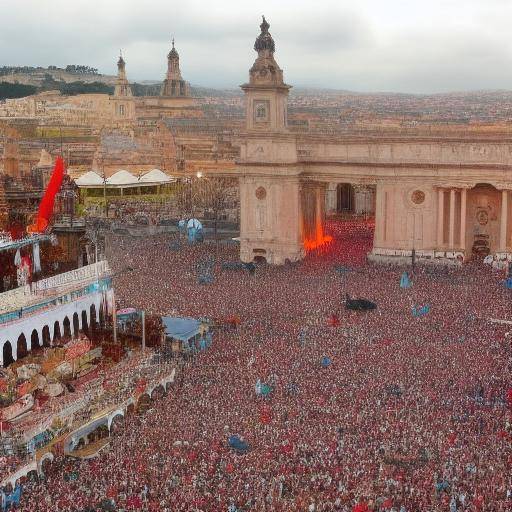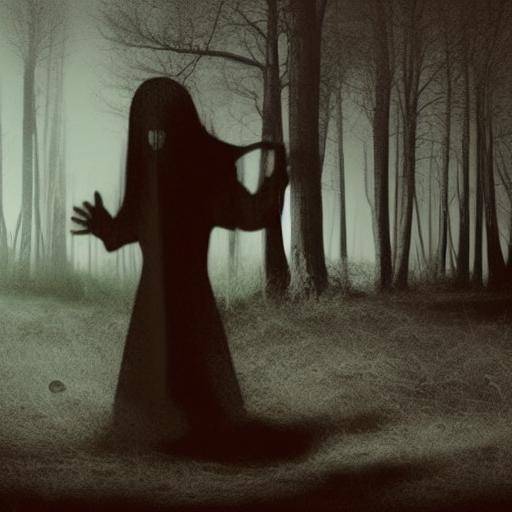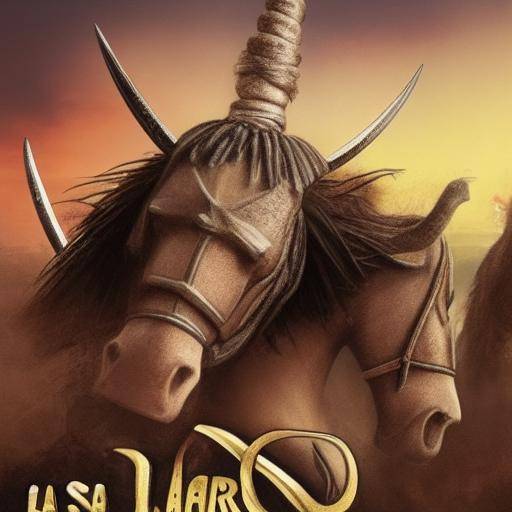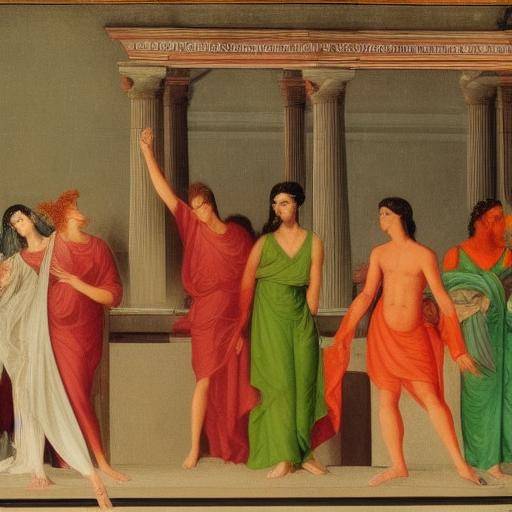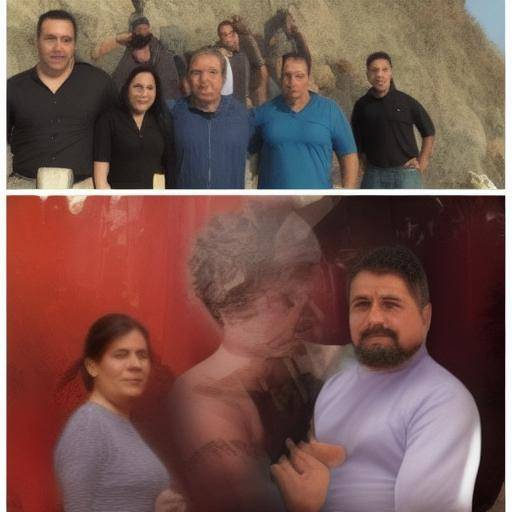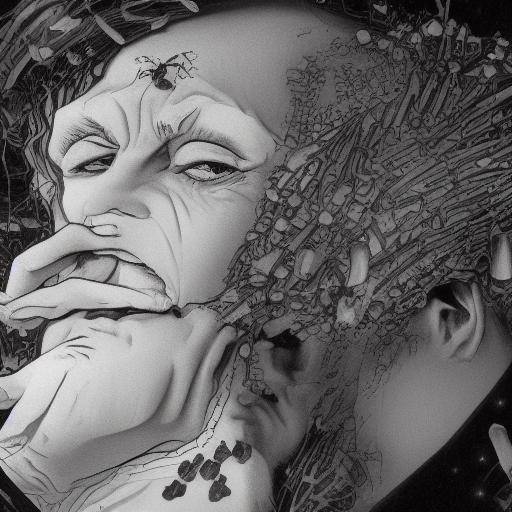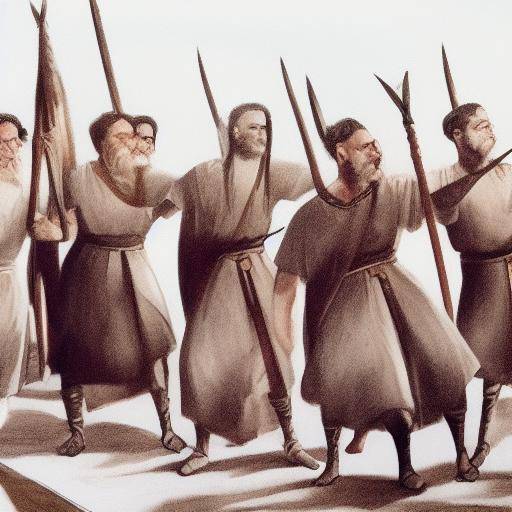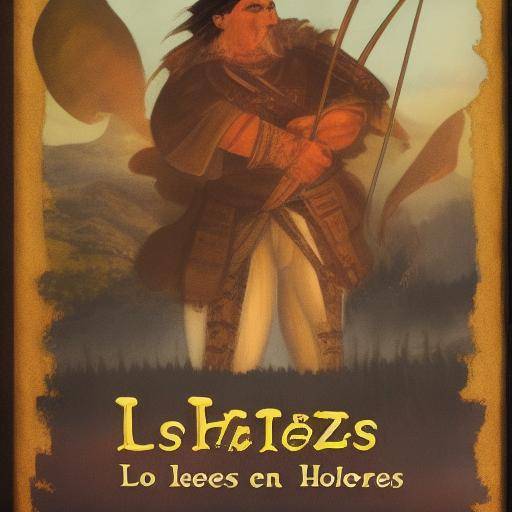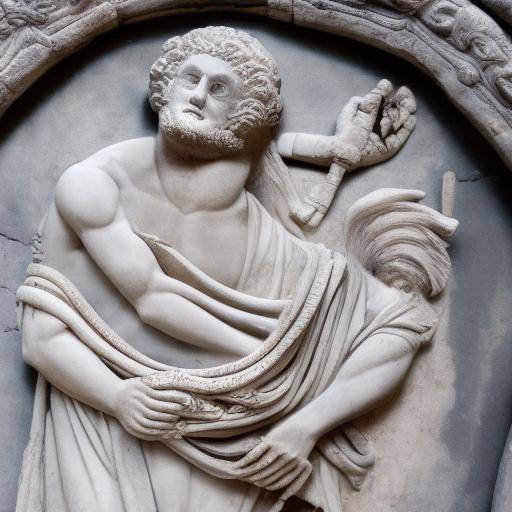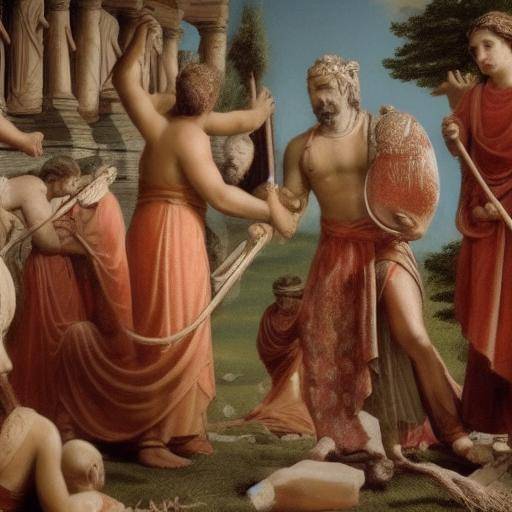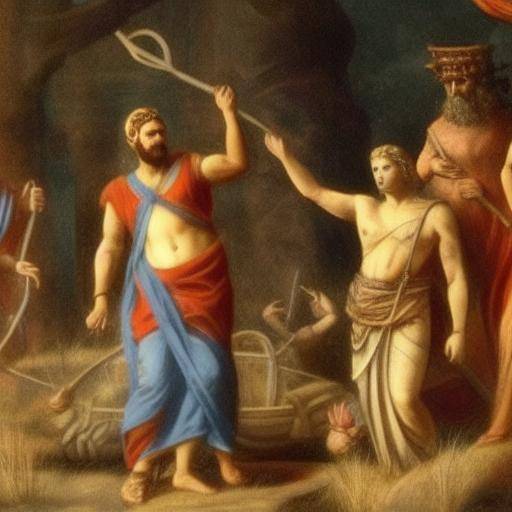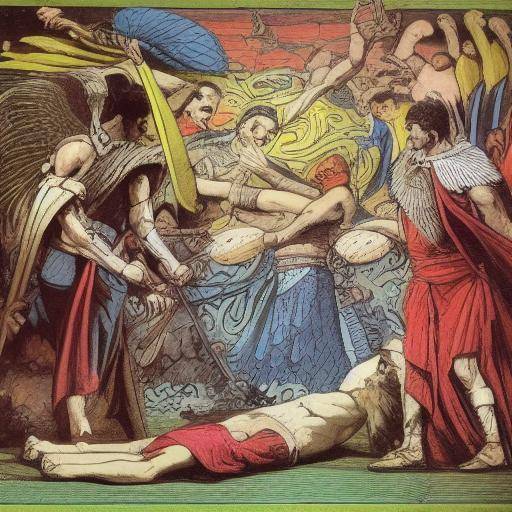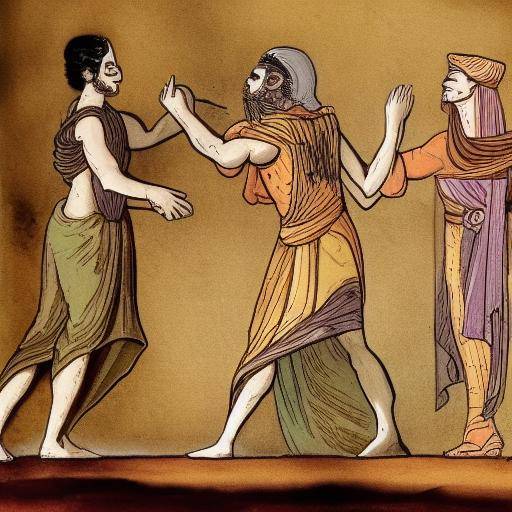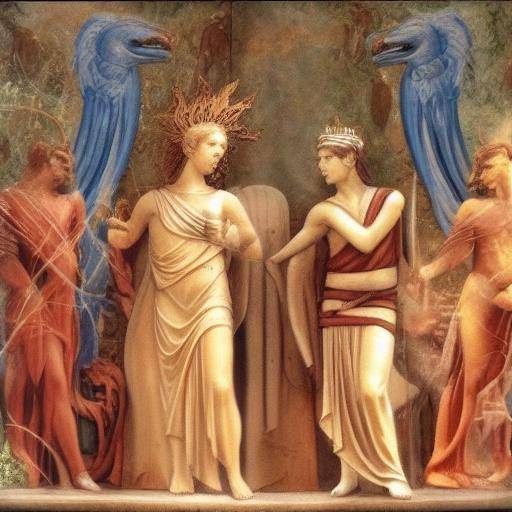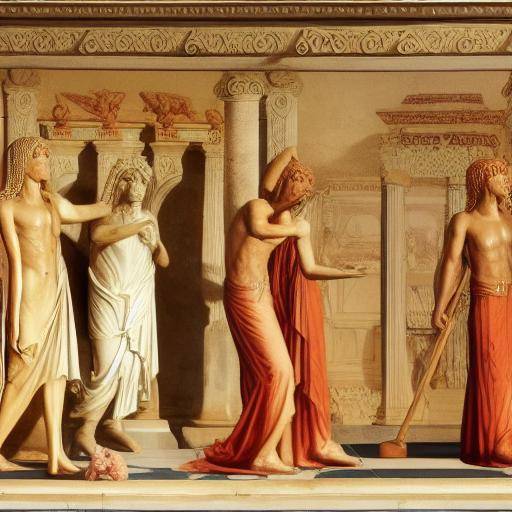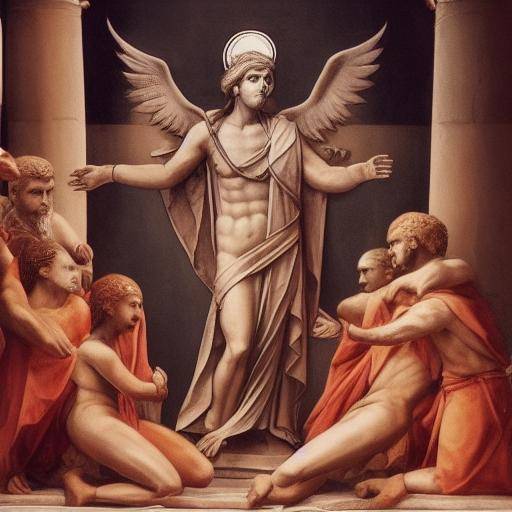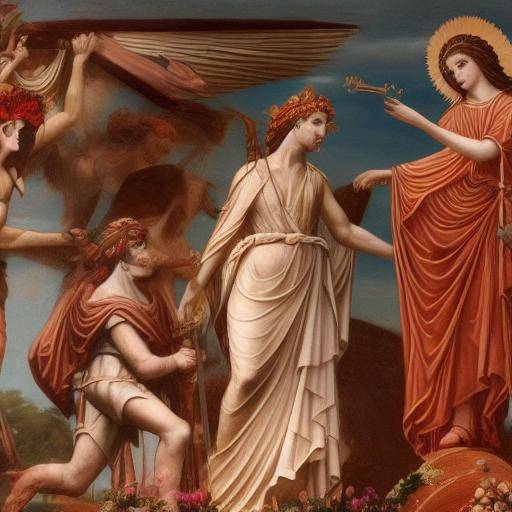
The Celtic mythological universe is a reflection of a rich cultural tradition that has endured over the centuries, transcending the barriers of time and space. Celtic mythological cycles encapsulate narratives full of mysticism, intriguing characters and a deep knowledge of nature. Discover with us this fascinating journey through time and learn about Celtic mythology to understand how it has influenced history and culture.
Introduction: A Vision of Celtic Mythology
Celtic civilizations, rooted in ancient Europe, possessed a rich mythological tradition that captures the imagination and awakens the curiosity of present and future generations. Throughout this article, we will explore Celtic mythological cycles from their origins in history to their influence today. Dive into a world full of gods, heroes and magical creatures that activate creativity and reflection on life and existence.
History and Context of Celtic Mythological Cycles
Origins and Development
Celtic mythology is the fruit of a vast oral tradition that was transmitted from generation to generation. Its roots go back to the Iron Age, when the Celtic tribes populated vast regions of Europe, from the British Islands to the Iberian peninsula. As these communities flourished, their collective imagination was woven with tales of gods, heroes and supernatural entities that personified the natural forces and the fundamental aspects of existence.
Celtic Mythology and Influence in History
Celtic mythology not only offered entertainment and moral teachings, but also played a crucial role in the configuration of the beliefs, values and the cosmovision of the ancient Celts. Their mythological accounts permeated all aspects of life, from agriculture to war, providing a symbolic framework to understand the world around them. This close relationship between myth and reality shows the profound influence of Celtic mythology in the history of ancient European societies.
Mythological Cycles: Emblematic Places and Moments
Over the centuries, Celtic mythological cycles manifested in a multiplicity of emblematic places and moments that transcended physical and temporal borders. From the arturoric legends in the medieval Britannia to the popular traditions in Ireland, the influence of Celtic mythology spread through the most hidden corners of Europe, leaving a lasting legacy that still resonates in contemporary culture.
Main Celtic Mythological Cycles
The Ulster Cycle
The Ulster Cycle, also known as the Ulaid Cycle, is one of the most important and known of Irish mythology. He focuses on the heroic stories of the kingdom of Ulster and his warriors, highlighting figures like the heroic Cú Chulainn. These narratives are full of epic battles, supernatural exploits and conflicts that reveal the complexity of Celtic society.
The Mythological Cycle
The Mythological Cycle encompasses the stories of the supernatural gods and beings that inhabit Ireland. Relatos like the invasion of the Tuatha Dé Danann, a race of deities that ruled the island before being defeated and relegated to the underground world, are part of this cycle. These myths offer a profound view of the cosmogony and the Celtic spirituality, reflecting the close connection of this culture with nature and the divine.
The Phenian Cycle
The Phenian Cycle, or the Fionn Cycle, focuses on the adventures of the hero Fionn mac Cumhaill and his band of warriors, the Fianna. These stories, full of adventures, magic and heroism, highlight the importance of honor, loyalty and value in Celtic culture. The stories of Fionn and the Fianna have been transmitted through generations, keeping their relevance in the Irish oral tradition.
The Art Cycle
Although of Welsh and Breton origin, the Art Series is deeply influenced by Celtic traditions. The legends of King Arthur, the Knights of the Round Table and the quest for the Holy Grail reflect elements of Celtic mythology, such as the importance of nobility, magic and destiny. These stories have left an indelible mark on European literature and culture.
Analysis of the Influence of Celtic Mythology in Contemporary Culture
Literature and Art
Celtic mythology has been an inexhaustible source of inspiration for writers, poets and artists throughout the centuries. From medieval poets to contemporary authors, Celtic accounts have been reinterpreted and adapted in a multitude of forms, keeping tradition alive and extending their reach to new audiences.
Cinema and Television
The visual and narrative richness of Celtic mythology has found a prominent space in cinema and television. Movies and series have adapted these stories, bringing the magic and mystery of Celtic myths to the big and girl screen, capturing the imagination of the global audience.
Spirituality and New Age
In the context of modern spirituality and movements of the New Age, Celtic mythology has resurrected as a source of wisdom and spiritual practice. The elements of nature, respect for the cycles of life and the connection with the divine are aspects that resonate deeply in these movements, integrating the Celtic myths into contemporary practices.
Conclusion
Celtic mythology, with its rich tapes of stories, characters and symbols, remains a source of fascination and learning. His stories not only connect us with the past, but also offer us timeless lessons about humanity, nature and the universe. By exploring Celtic mythological cycles, we discover a world full of wonders and wisdom that continues to influence our culture and society.
Frequently asked questions
- **What is Celtic Mythology?**Celtic mythology is a set of accounts and legends of the ancient Celtic tribes of Europe, including gods, heroes and supernatural creatures.
- **What are the main Celtic mythological cycles?**The main cycles are the Ulster Cycle, the Mythological Cycle, the Phenian Cycle and the Arturic Cycle.
- **Who are some of the best known heroes of Celtic mythology?**Some of the best known heroes include Cú Chulainn, Fionn mac Cumhaill and King Arthur.
- **How has Celtic mythology influenced contemporary culture?**Celtic mythology has influenced literature, art, cinema, television and modern spiritual movements.
- **What was the importance of nature in Celtic mythology?**Nature was of great importance in Celtic mythology, being seen as a reflection of the divine world and a source of wisdom and power.
To explore Celtic mythology is to enter a world of wonders and wisdom that continues to inspire generations, offering a cultural and spiritual legacy that transcends time. May these stories continue to capture our imagination and enrich our understanding of the universe.

